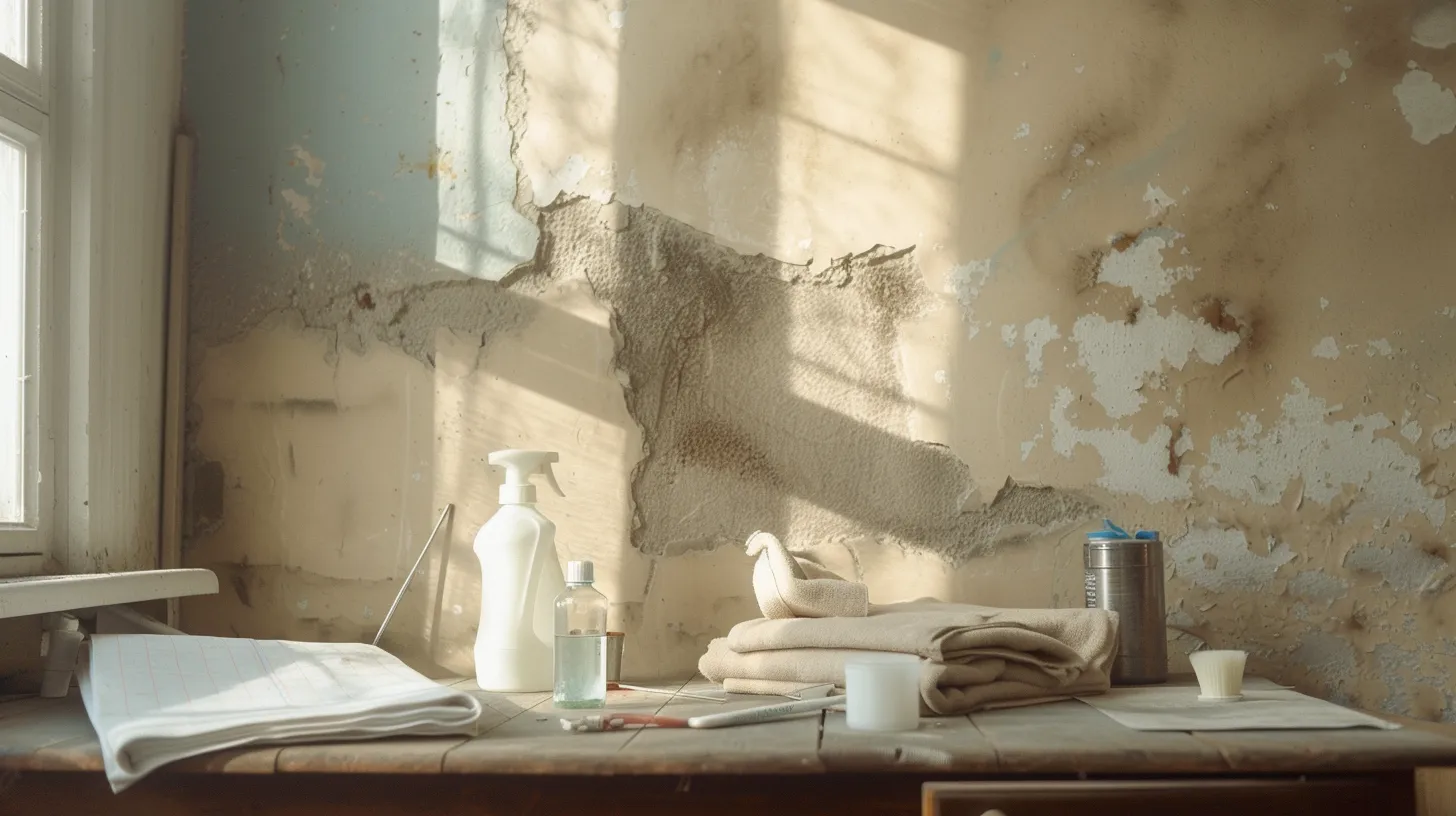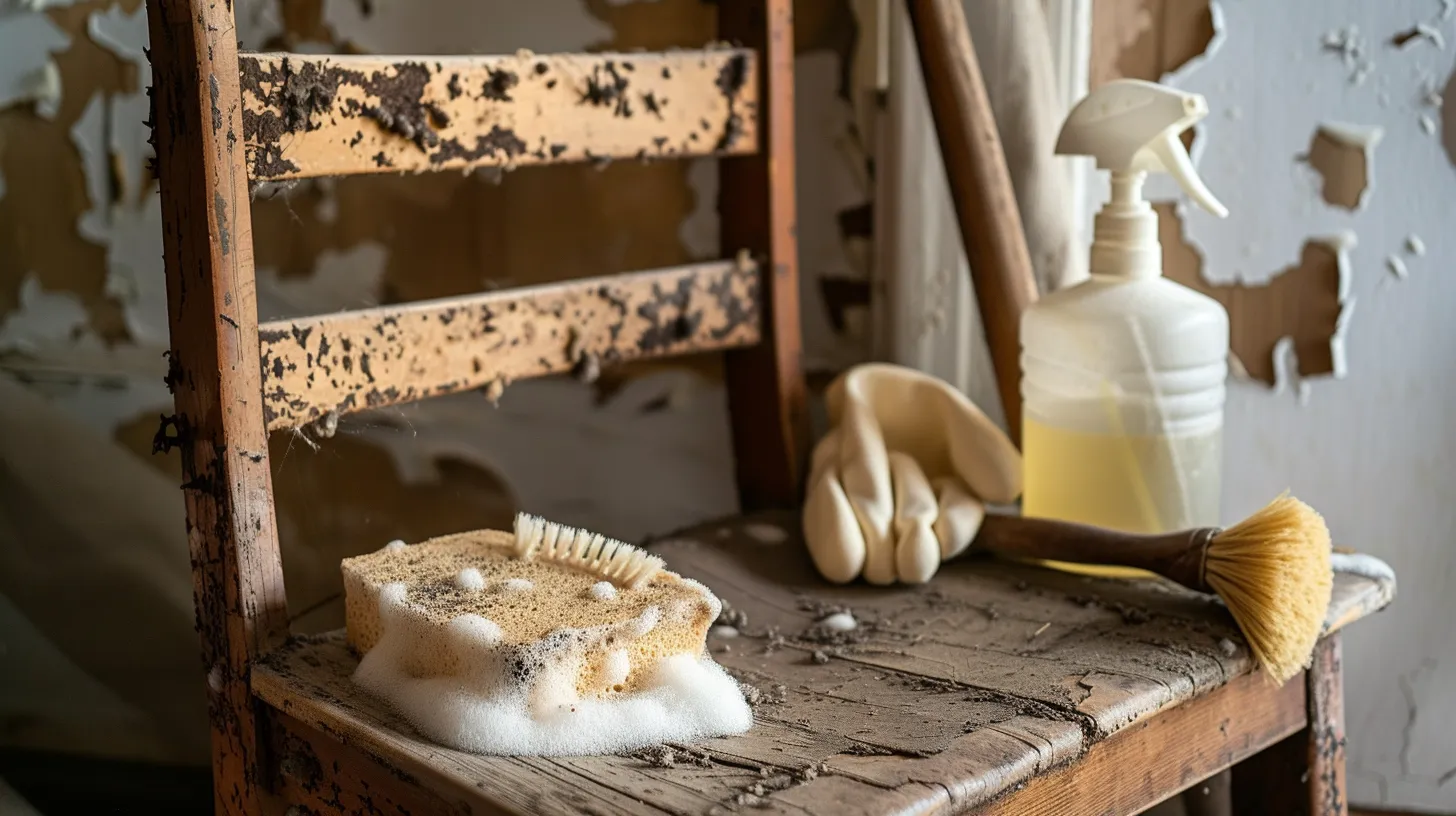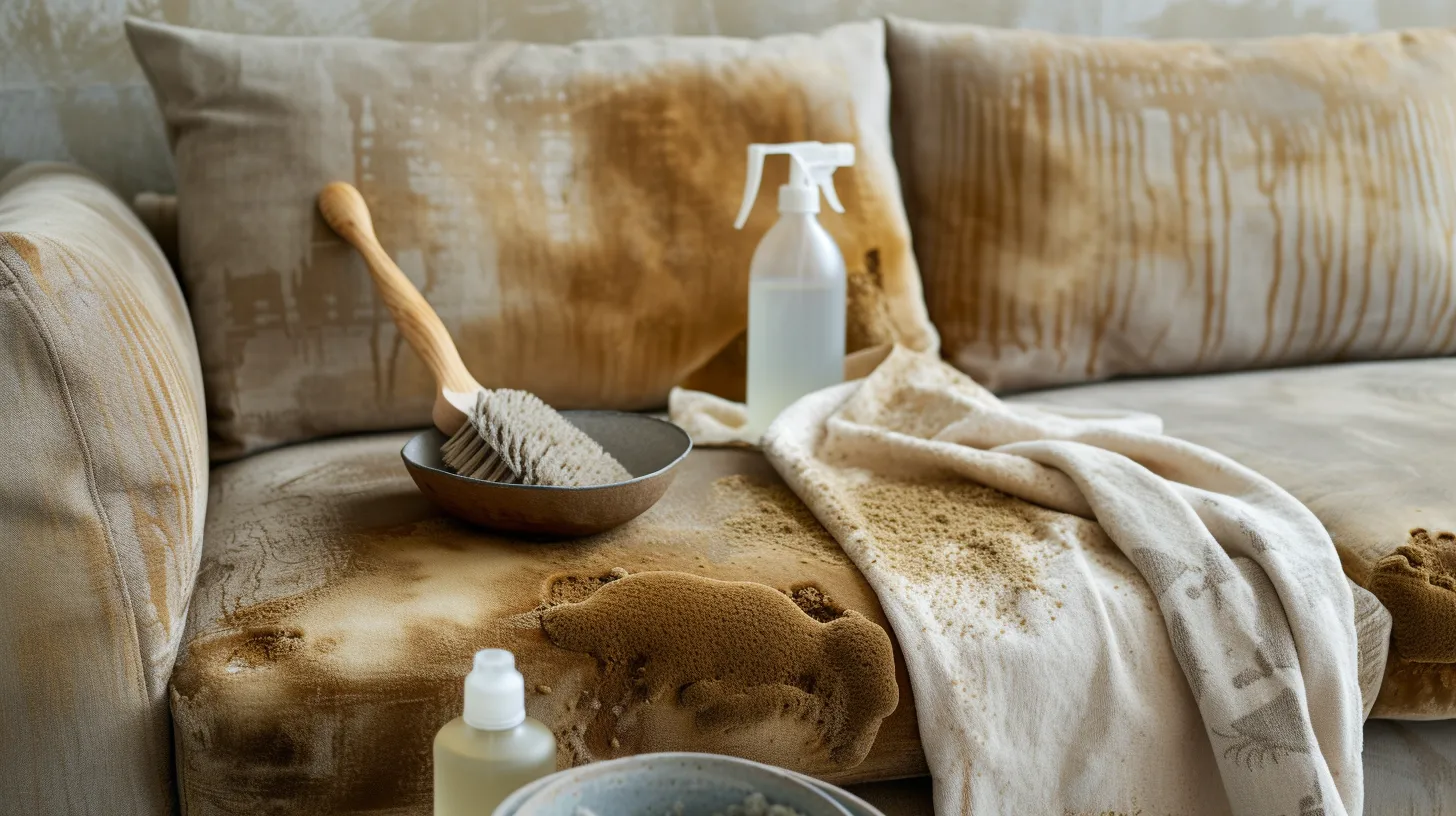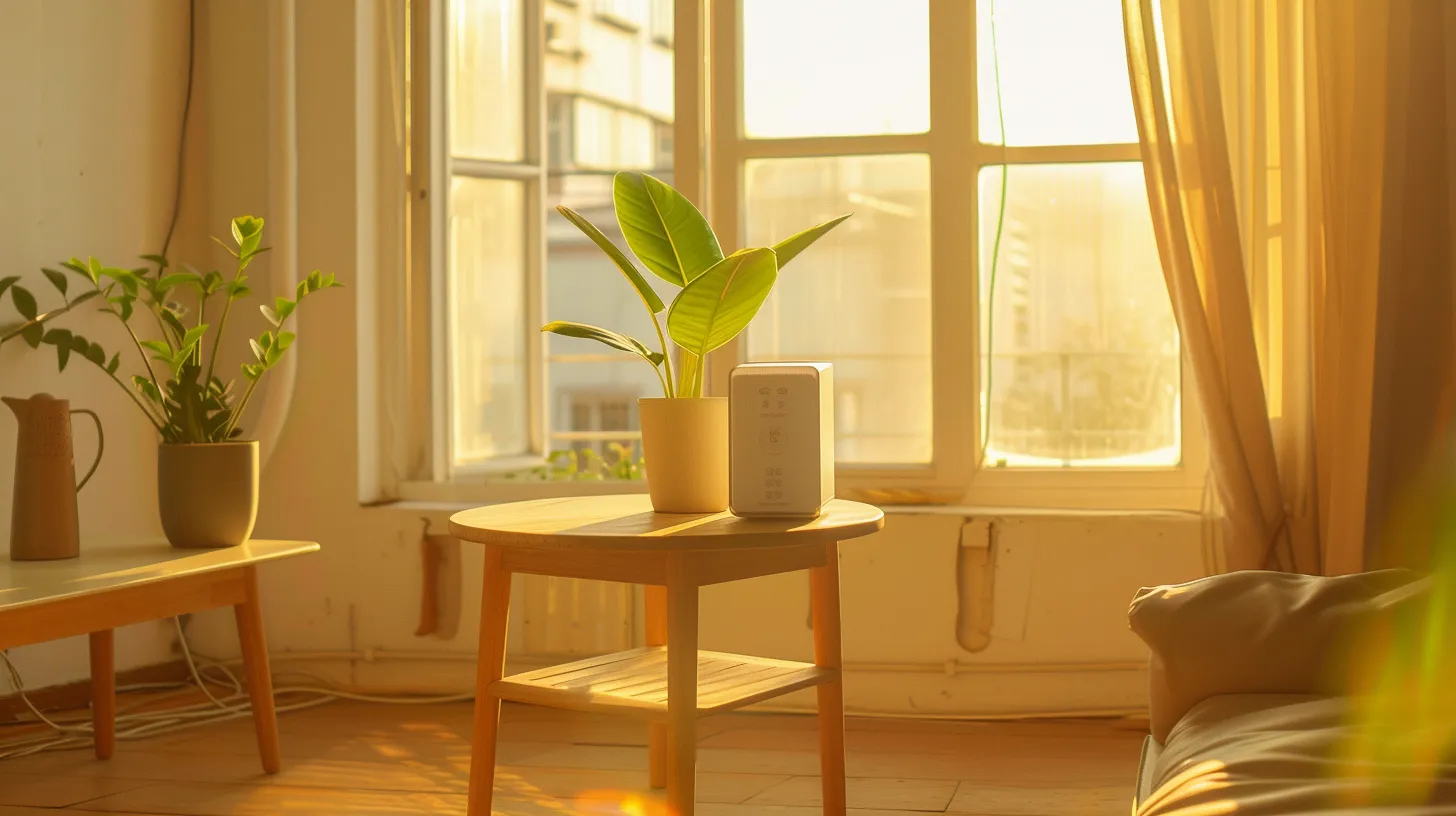The presence of mold on furniture, a common issue in many households, poses not only aesthetic challenges but also potential health risks. Removing mold from furniture requires a methodical approach, beginning with the correct identification of mold and its extent.
Whether dealing with wood, fabric, or other materials, the process involves several steps, each crucial for effectively eliminating mold while preserving the integrity of the furniture. As we explore the methods for mold removal, including the preparation needed and the specific techniques applicable to different materials, it becomes evident that understanding the nuances of mold cleaning goes beyond mere surface treatment.
This exploration will provide insights into not only how to tackle current mold issues but also how to implement preventative measures to inhibit future growth. It underscores the importance of addressing both the immediate problem and its underlying causes.
Identifying Mold on Furniture
To effectively combat mold growth on furniture, it is crucial to first accurately identify its presence, which can manifest as fuzzy, slimy, or discolored patches. Mold on wood, particularly on wooden furniture, is not uncommon, given wood's porous nature that readily absorbs moisture. This environment is conducive to the proliferation of mold spores, leading to mold and mildew accumulation. Among the types of mold, black mold, or Stachybotrys chartarum, is particularly concerning due to its potential health risks.
Identifying a mold problem early involves more than visual inspection; a musty odor often accompanies mold growth, serving as an early warning sign. Furthermore, investigating for signs of water damage or moisture accumulation is essential, as these conditions foster mold infestation. Mold thrives in dark, damp environments, making less visible and frequently used areas of furniture prime spots for growth. Being vigilant about changes in both the appearance and smell of furniture is key to early detection.
Early identification not only simplifies the cleaning process but also helps prevent the spread of mold, ultimately protecting the furniture and indoor air quality from a severe mold infestation.
Preparing for Mold Removal

Having identified the presence of mold on furniture, the next step involves gearing up for its safe and effective removal. Preparing for mold removal is crucial to protect oneself from the potentially harmful effects of mold spores. The first line of defense includes wearing protective gear to minimize exposure. This gear encompasses safety goggles to shield the eyes, rubber gloves to protect the hands, and a face mask, preferably with a HEPA filter, to prevent inhalation of loose spores.
To further prepare, use a vacuum equipped with a HEPA filter to meticulously clean the area around the affected furniture. This step ensures that any loose spores are captured and contained before the actual cleaning process begins. It is vital to dispose of the vacuumed material by sealing it in a plastic bag, ensuring that the mold spores do not spread.
| Preparation Step | Tools | Purpose | |---------------------------|----------------------|-------------------------------------| | Wear Protective Gear | Safety goggles, rubber gloves, face mask | Minimize exposure to mold spores | | Vacuum Affected Area | Vacuum with HEPA filter | Capture loose spores before cleaning| | Dispose of Vacuumed Material | Sealed plastic bag | Prevent spread of mold spores |
These preparatory steps are essential for a safe and effective mold removal process from furniture, laying the groundwork for a thorough cleaning and restoration.
Cleaning Mold From Wood Furniture

Addressing the challenge of mold on wood furniture requires careful and effective cleaning strategies to ensure the preservation and safety of these valuable items. Before starting the cleaning process, it is crucial to wear protective gear such as goggles, a face mask, and rubber gloves to avoid direct contact with mold spores, which can be harmful to one's health.
The initial step involves using a vacuum equipped with a HEPA filter to remove loose mold spores from the wooden surfaces, preventing further spread.
After vacuuming, a cleaning solution made of dishwashing soap and warm water or an alternative mixture of white vinegar and water should be applied to the affected areas. This can be done using a scrub sponge, gently but thoroughly cleaning the mold off the wood furniture.
If mold persists after these cleaning efforts, sanding the area with 100-grit sandpaper and refinishing the wooden surface may be necessary to completely remove the mold.
Removing Mold From Fabric Upholstery

Mold on fabric upholstery not only compromises the aesthetic appeal of your furniture but also poses potential health risks, necessitating prompt and careful cleaning measures. To tackle this issue, selecting the right cleaning products is crucial. For light mold, a solution of distilled white vinegar and water can act as an effective mold killer, helping to prevent mold from spreading further. Apply the solution sparingly to avoid saturating the fabric, and use a soft brush to gently scrub the mold colony, ensuring not to damage the upholstery.
Once the vinegar solution has been applied, it's important to allow the upholstery to dry completely. This may involve using a fan or opening windows to improve air circulation. For stubborn mold, specialized mold removal products designed for fabric may be necessary. Always test any cleaning solution on a small, inconspicuous area first to ensure it does not discolor or damage the fabric.
After cleaning, it's vital to regularly vacuum and wipe the surface of your upholstered furniture to kill mold spores and prevent future growth. Keeping the environment dry and well-ventilated is key to prevent mold from taking hold again.
Preventing Future Mold Growth

After effectively removing mold from fabric upholstery, it's essential to implement strategies to prevent its recurrence on your furniture. Preventing future mold growth involves a proactive approach to controlling the environment around your furniture. Here's how to keep your spaces mold-free and your furniture in top condition:
| Strategy | Description | |----------------------------------------|---------------------------------------------------------------------------------------| | Keep in Well-Ventilated Areas | Ensure furniture is placed in areas with good airflow to prevent moisture accumulation.| | Address Water Leaks | Regularly inspect for and promptly fix any leaks or spills to avoid mold-friendly conditions.| | Use Dehumidifiers | In humid climates, dehumidifiers can help maintain low moisture levels, inhibiting mold growth.| | Opt for Mold-Resistant Materials | Consider materials or coatings that resist mold for furniture in high-moisture environments.| | Periodic Inspection and Cleaning | Inspect and clean furniture surfaces regularly to catch and address any moldy areas early.|
Dealing with mold requires vigilance. If you notice signs of mold, repeat the cleaning process and allow the piece to air dry thoroughly. For preventive measures, consider using a spray bottle filled with a solution of equal parts water and vinegar. Spray lightly on vulnerable areas, water and shake well before use, to discourage mold spores from taking hold and causing damage.










